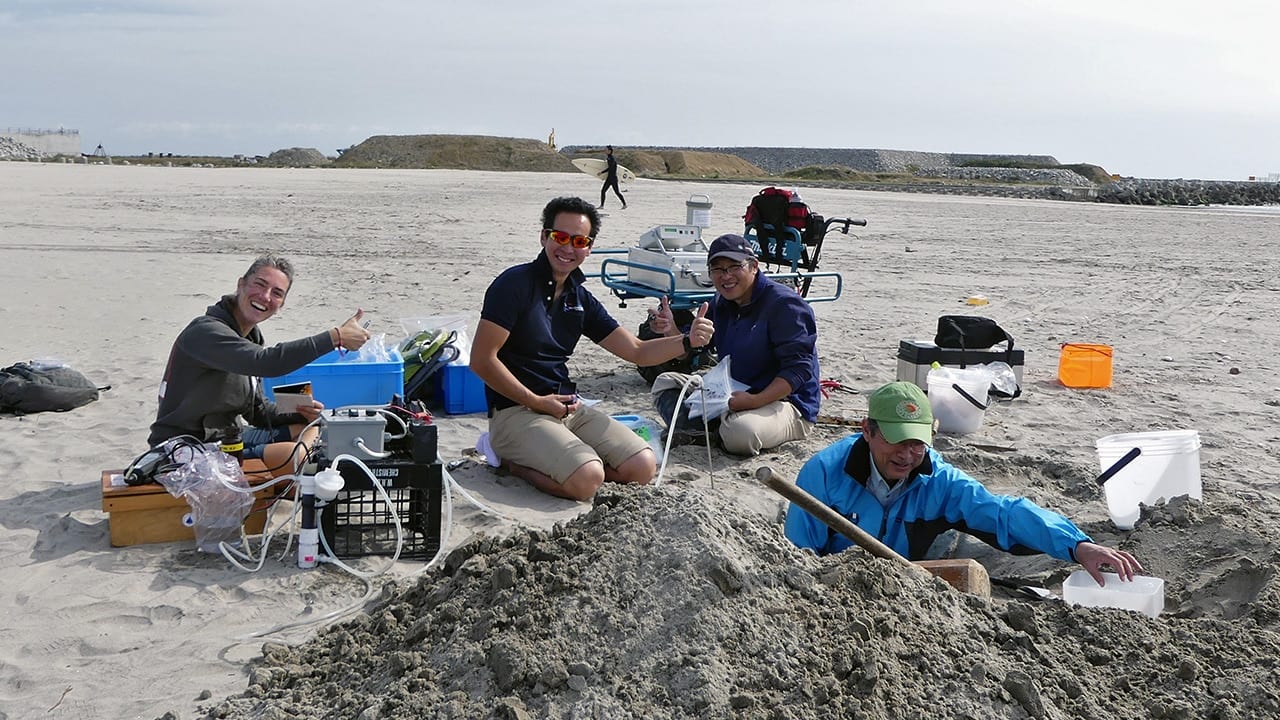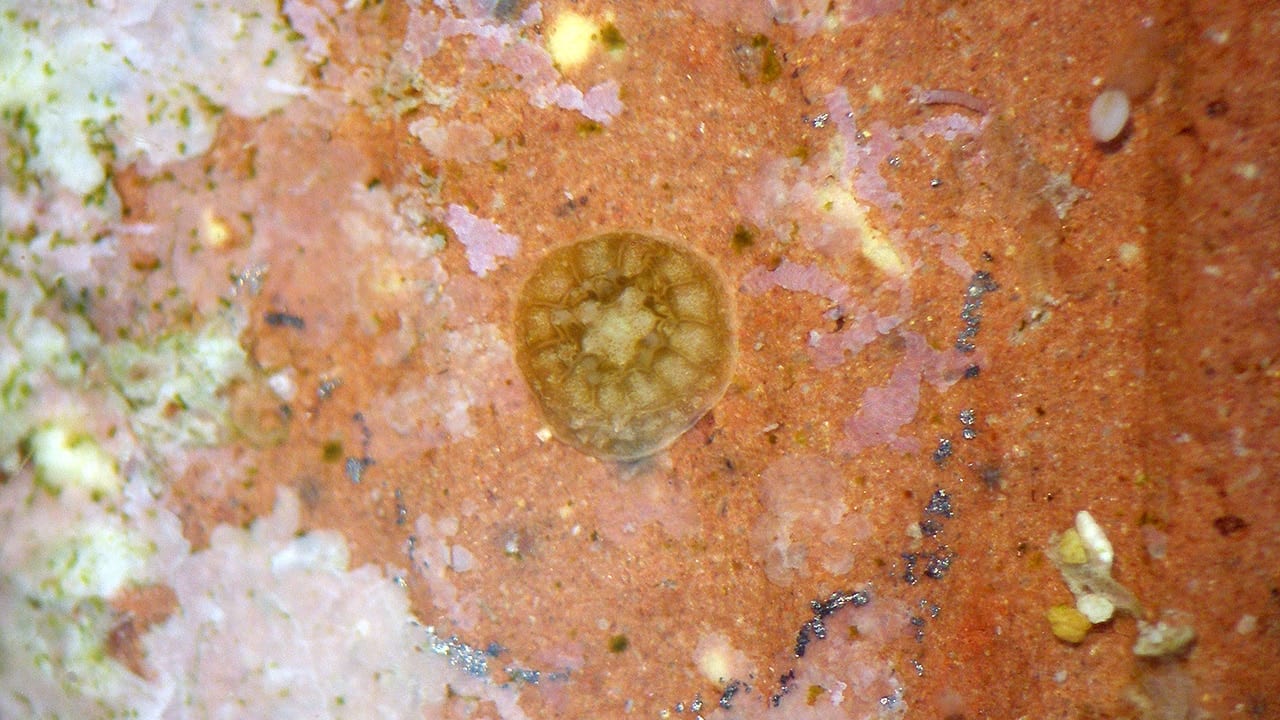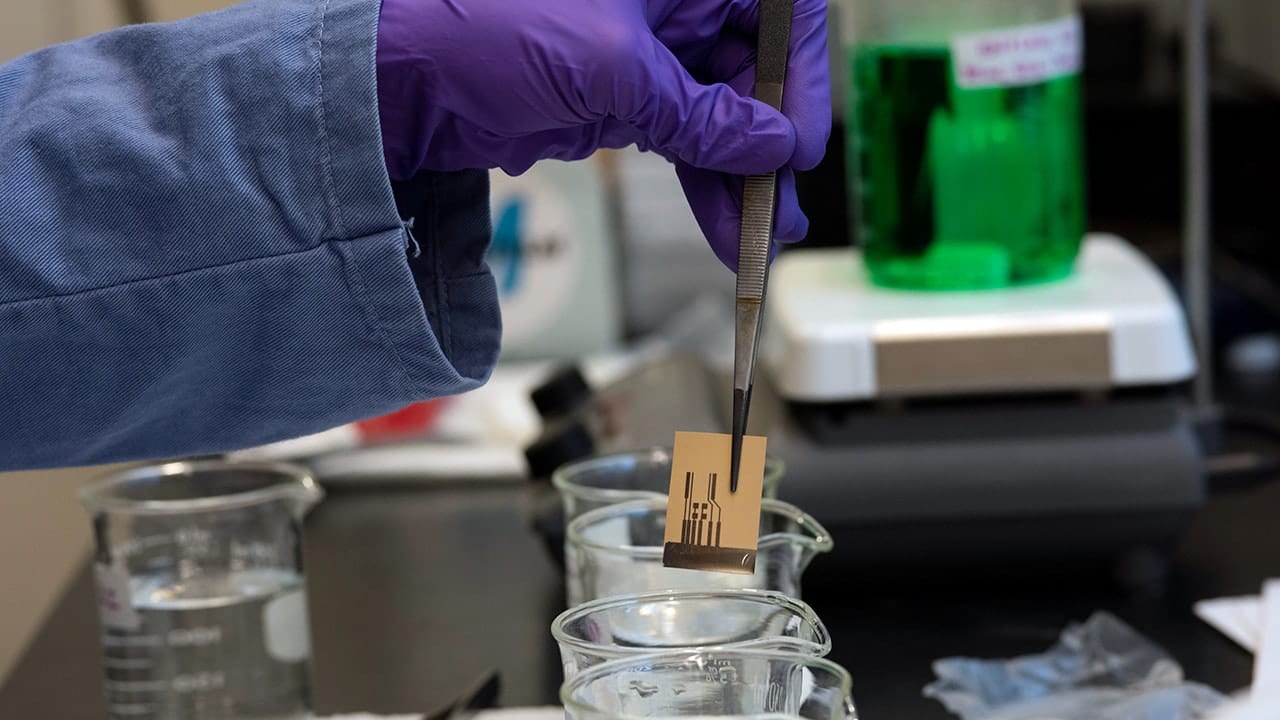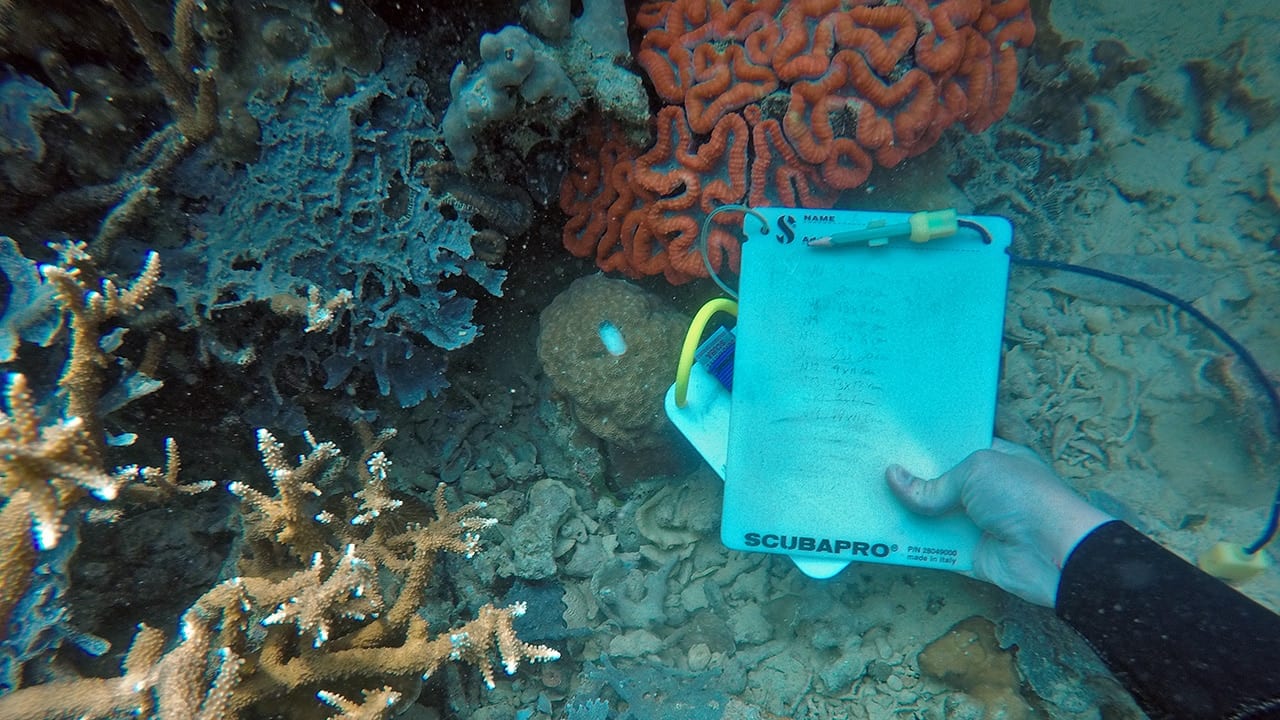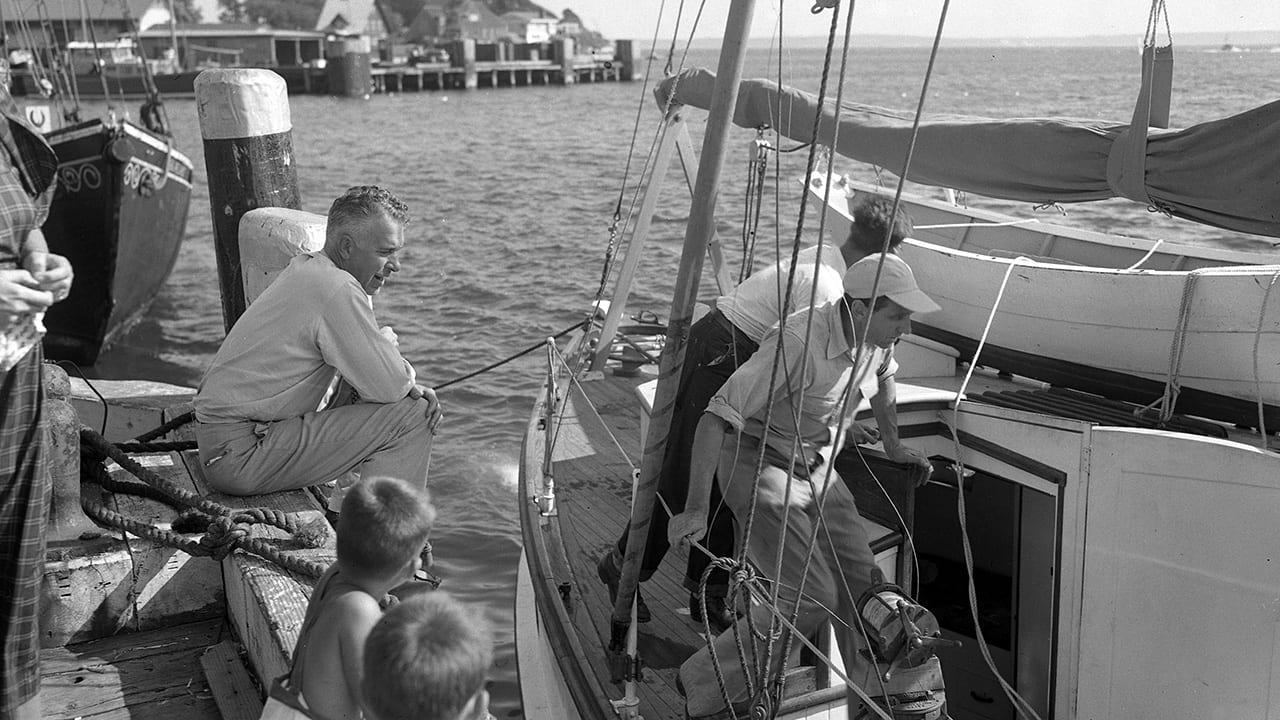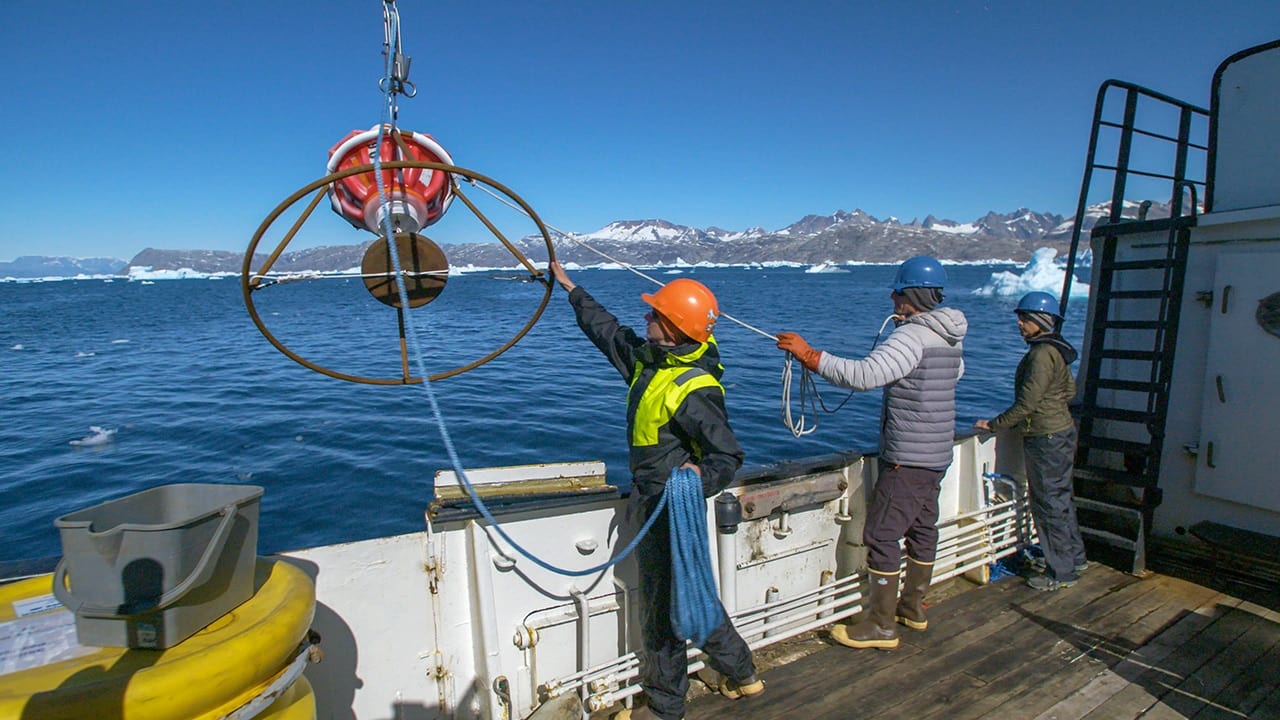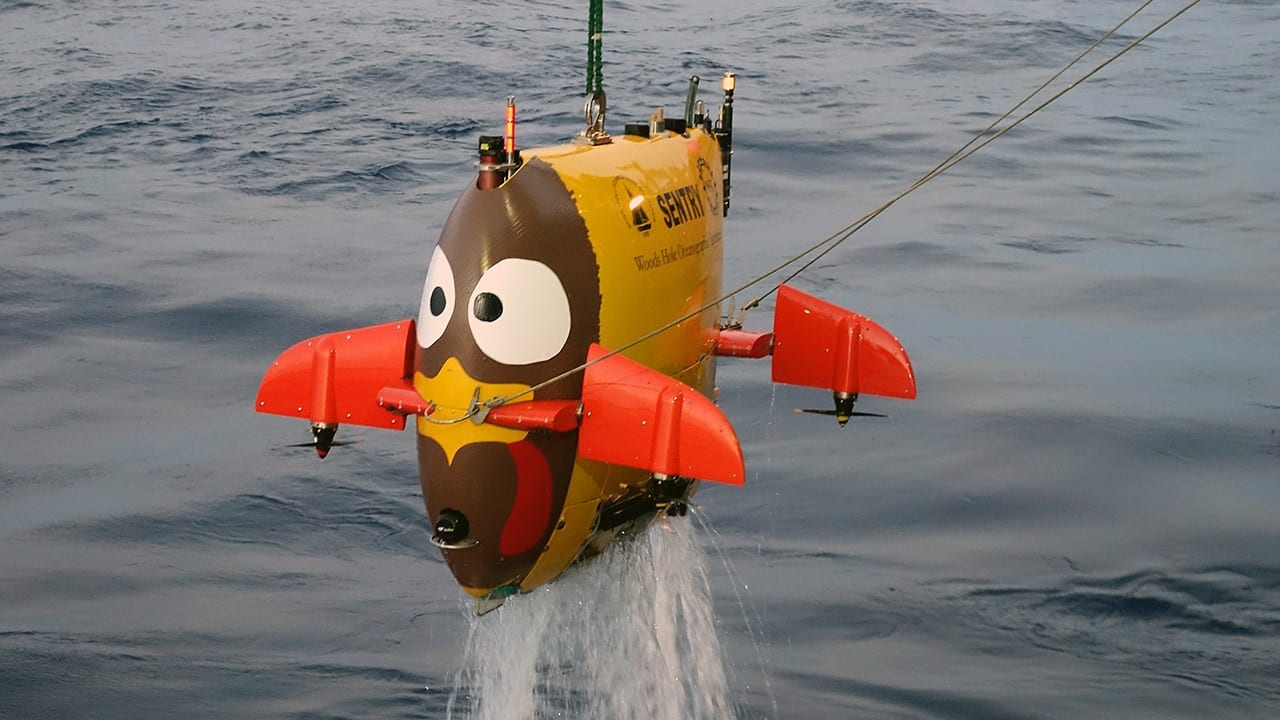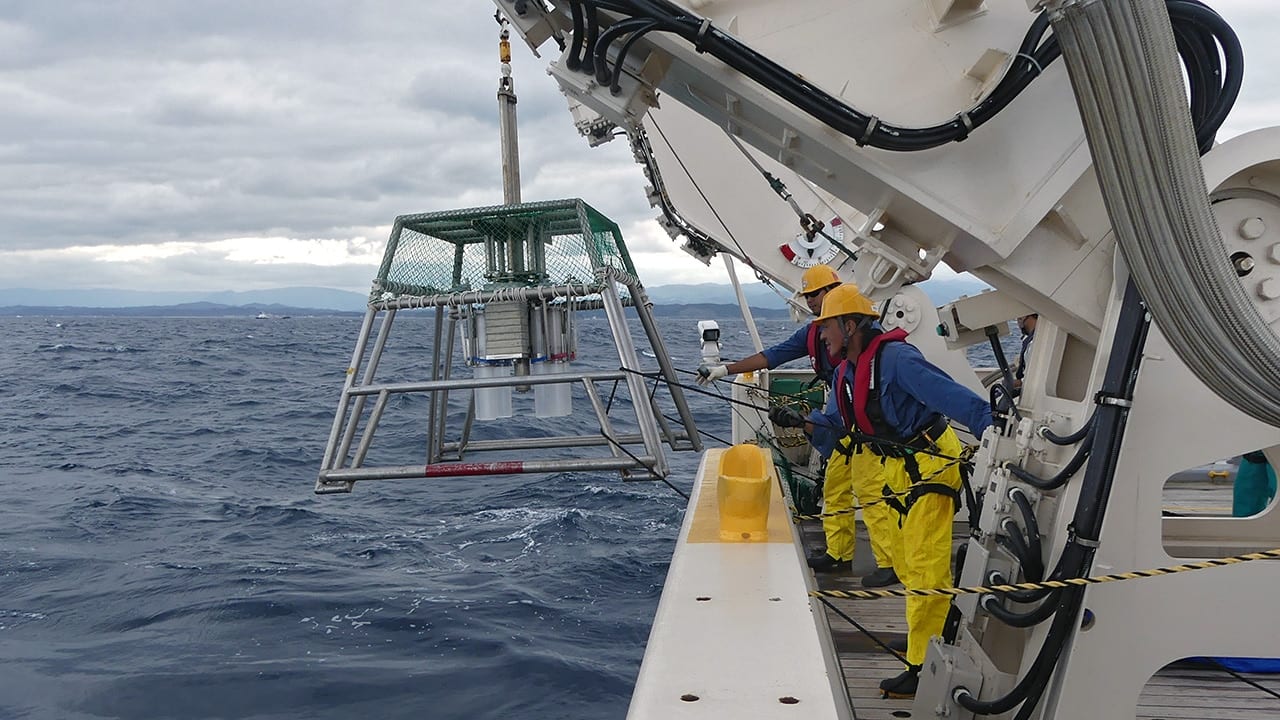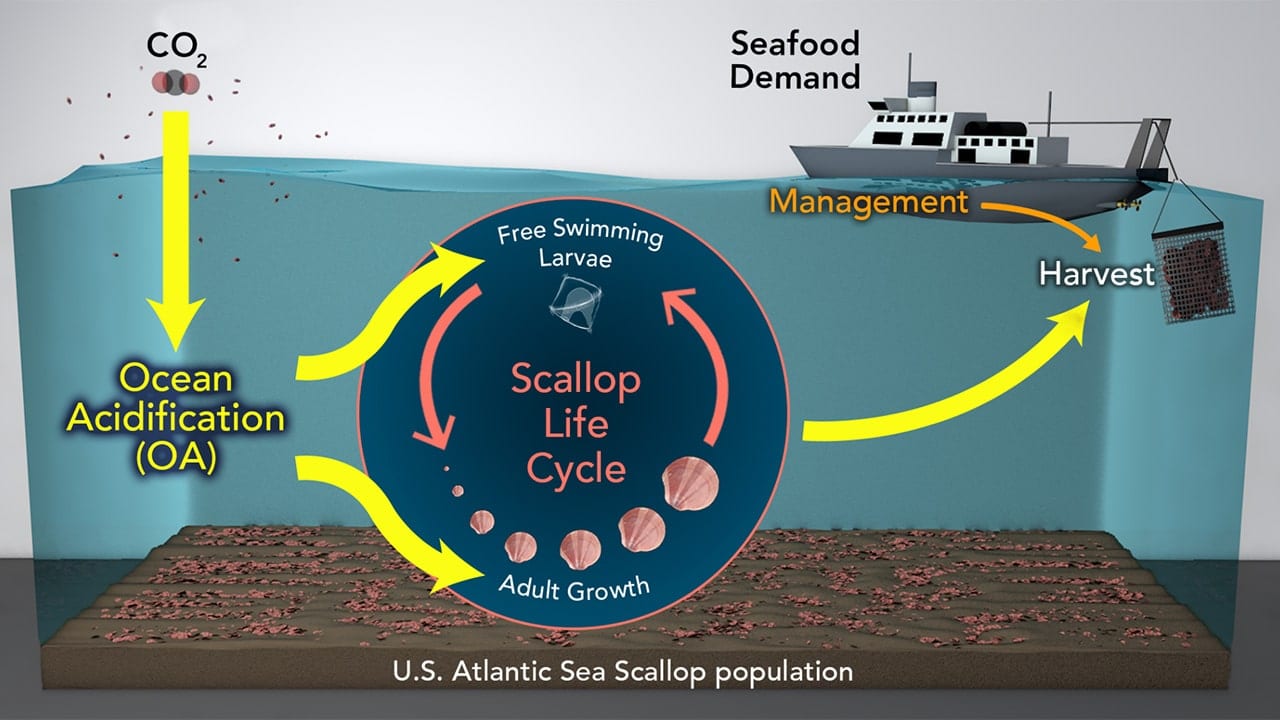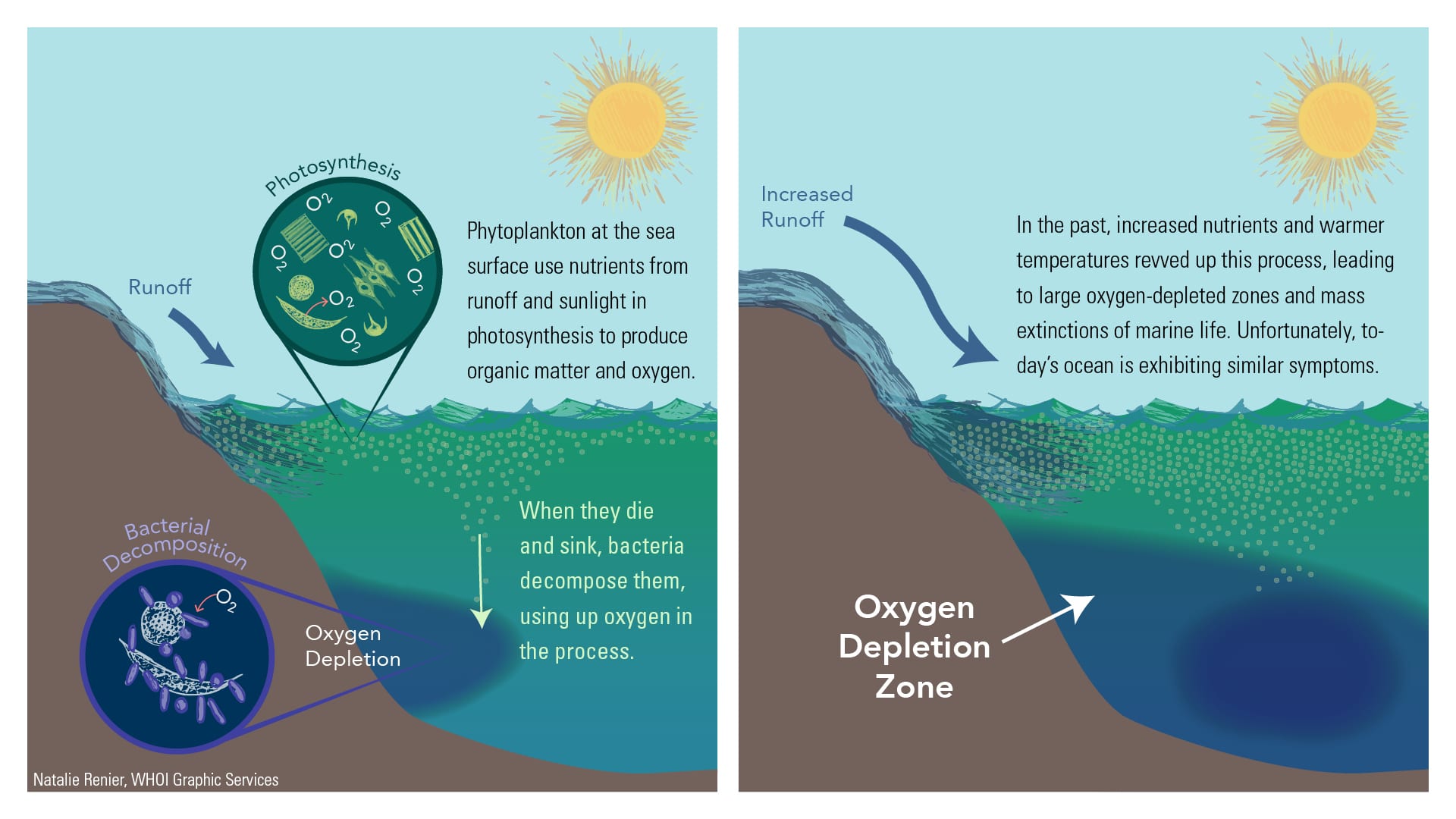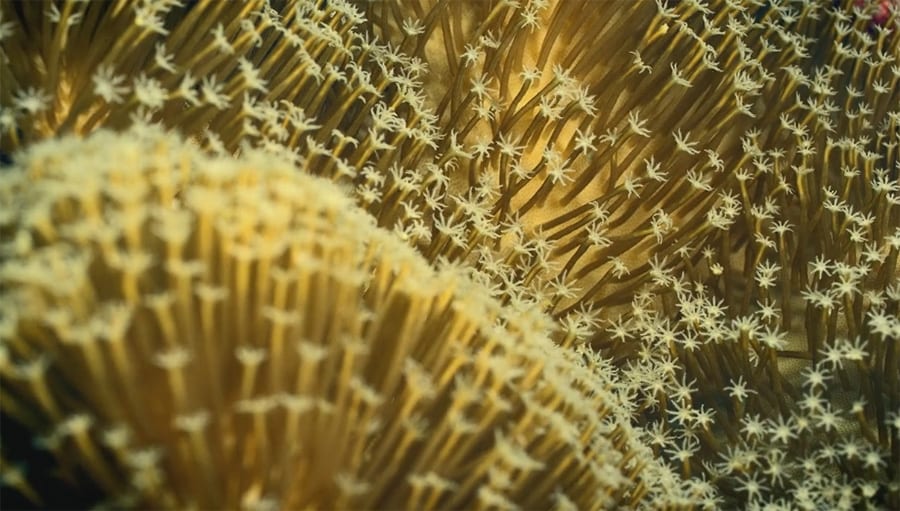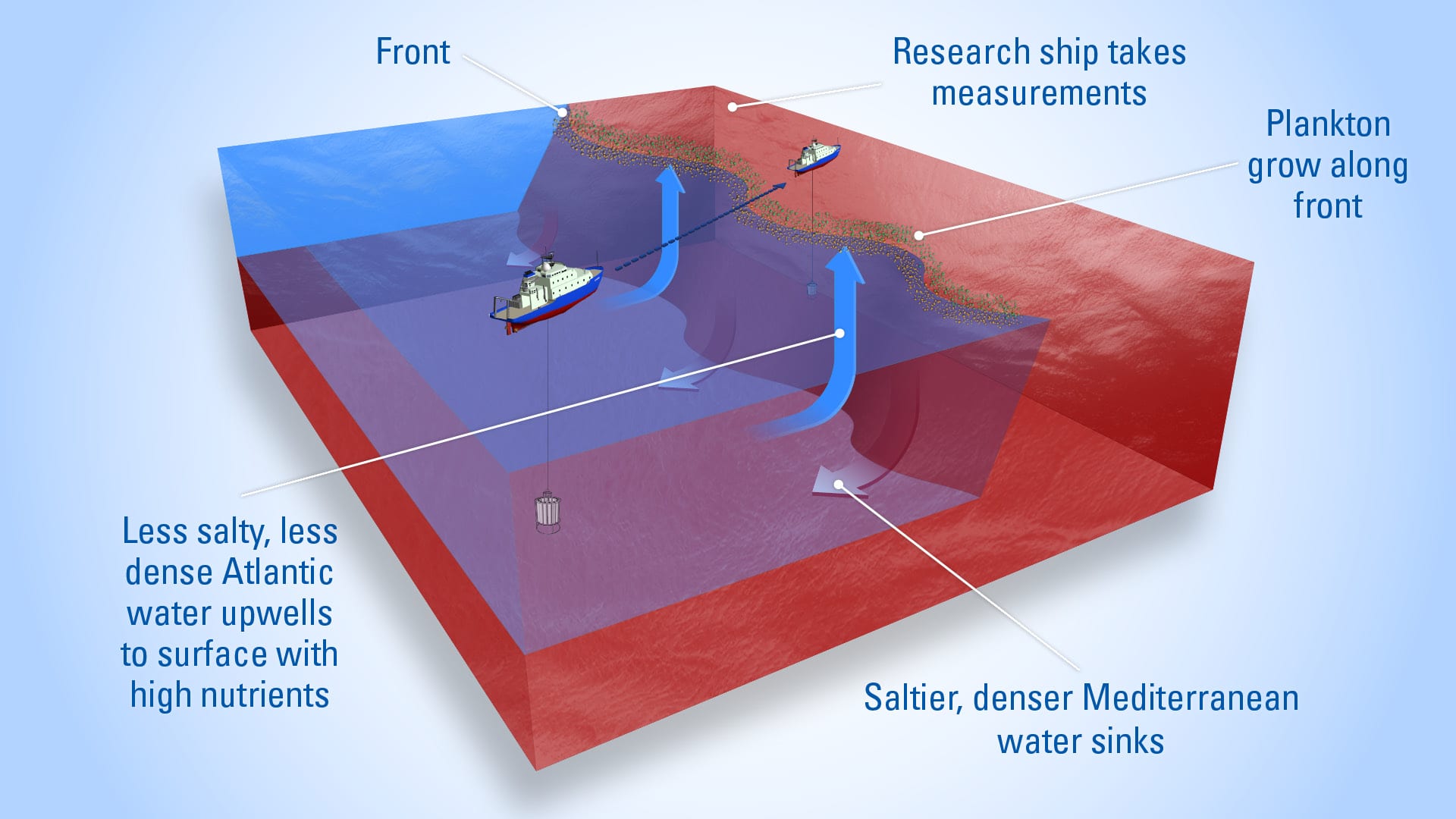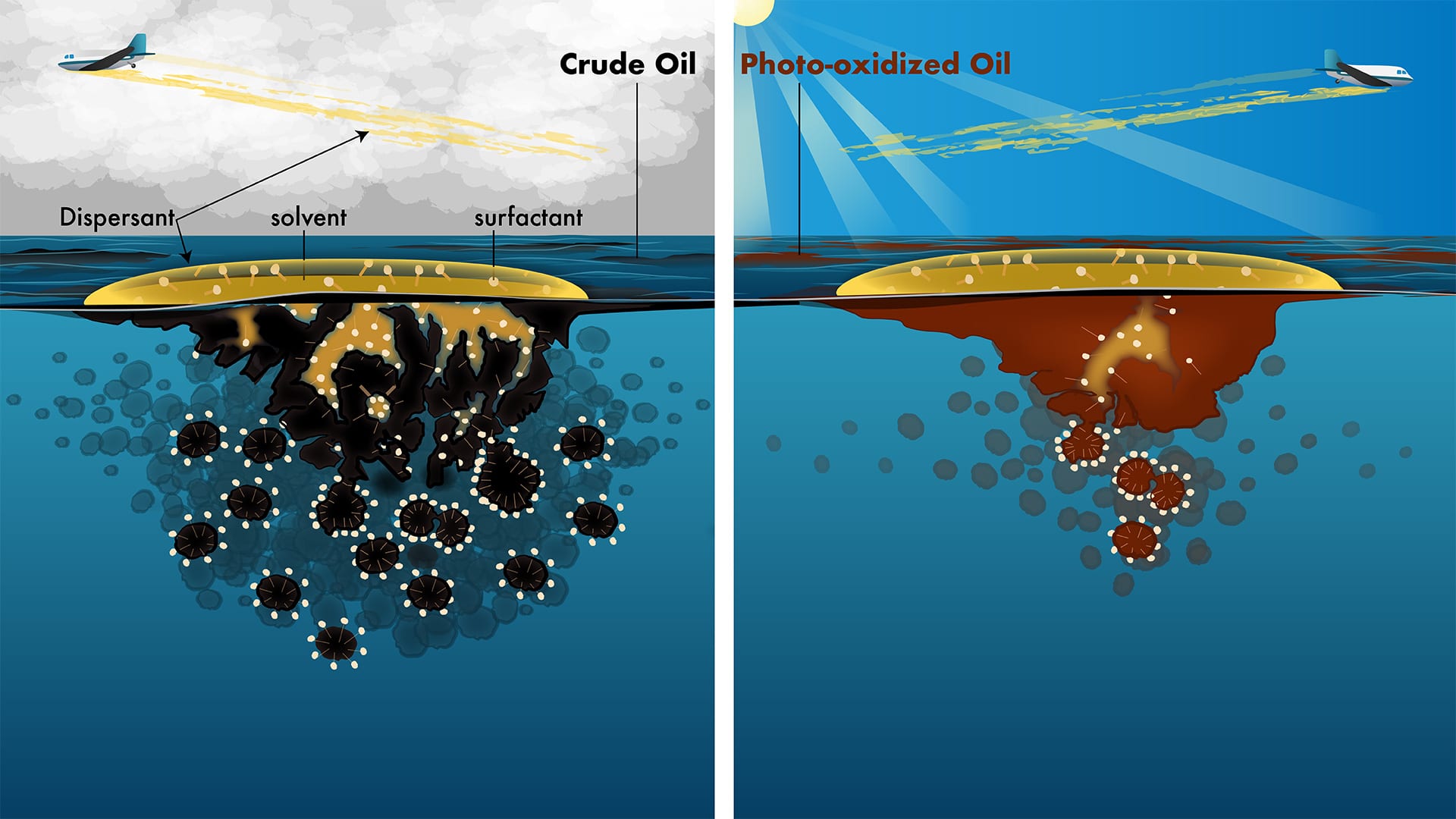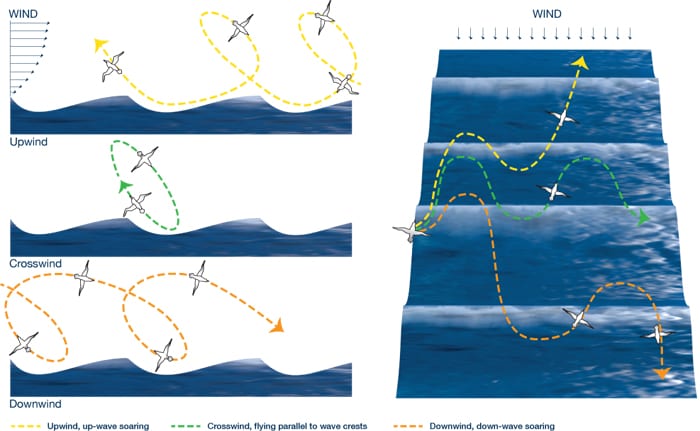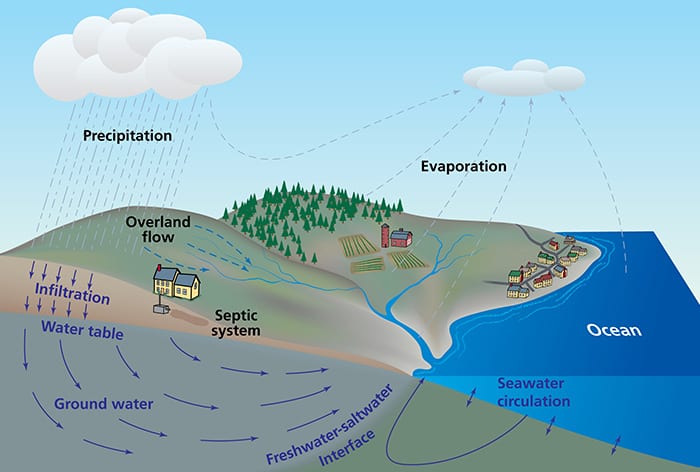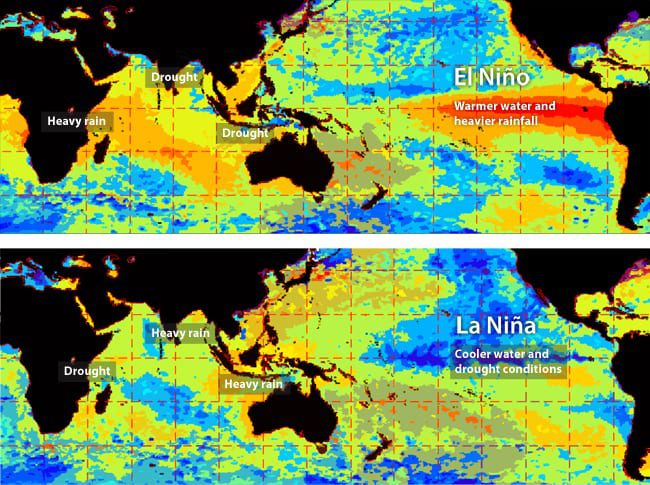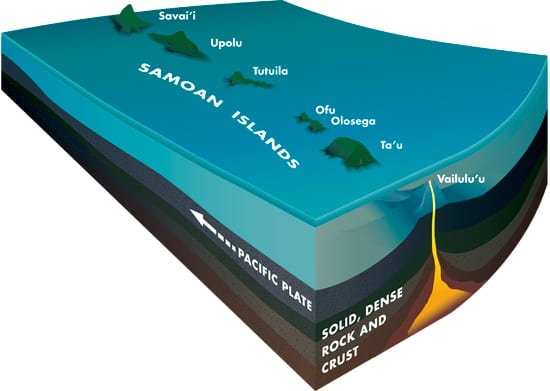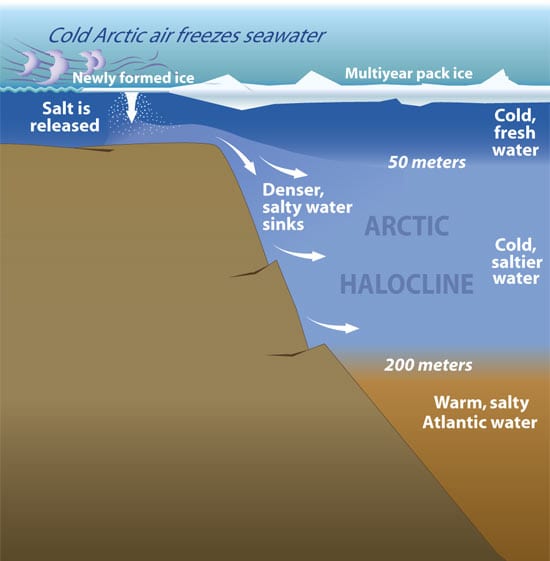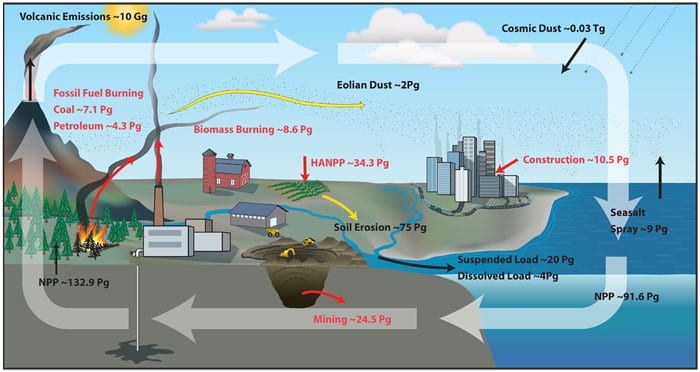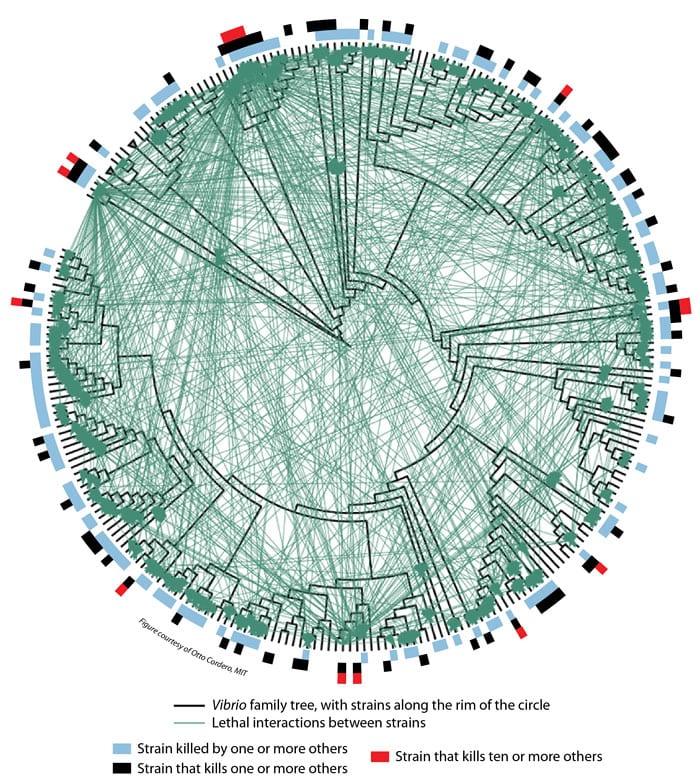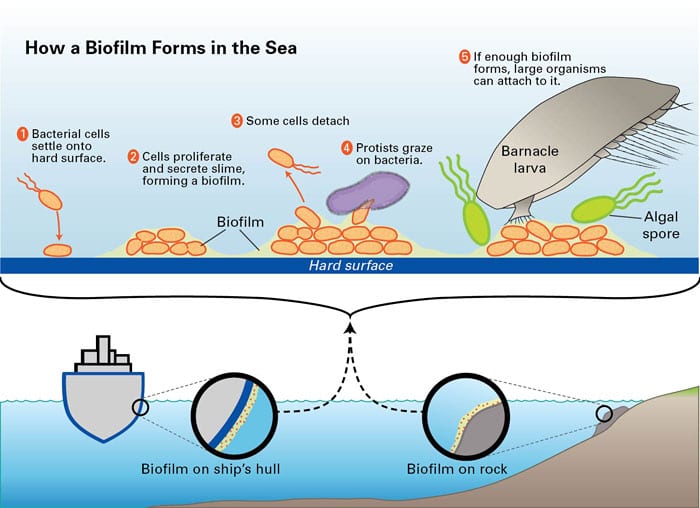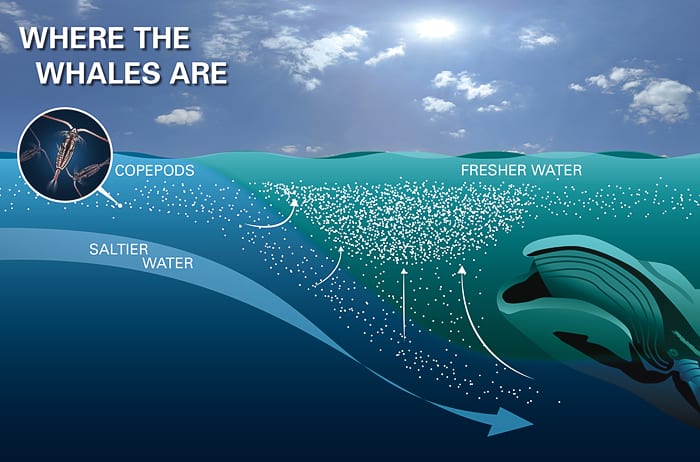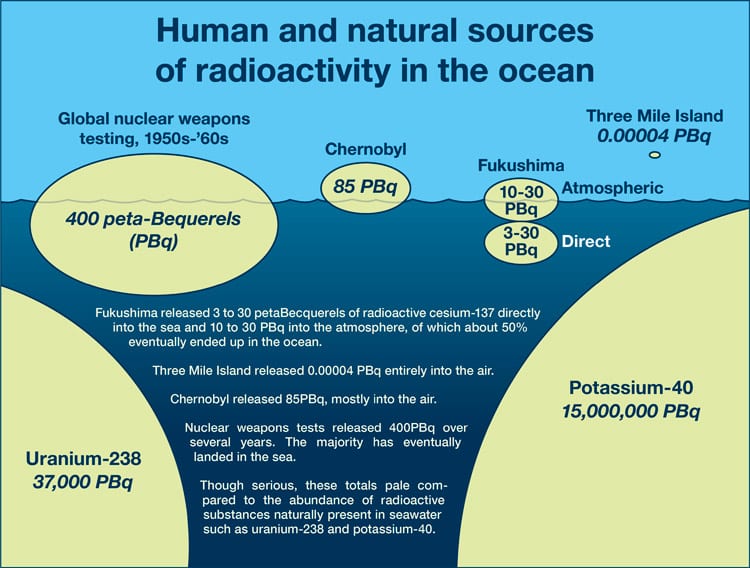Multimedia
What Lies Under the Beach?
A team of international scientists led by Ken Buesseler at WHOI dug pits to sample sand and groundwater at a popular surfing beach in Yotsukura, Japan, for residual radioactivity released…
Read MoreThat is a Spat
All coral colonies start off as a single newly settled polyp, or “spat.” This single polyp grows and divides asexually into thousands of clonal polyps that form a colony. Hanny…
Read MoreSmall Plate
It’s a simple fact of life in the ocean that there are more small marine animals than large ones, but that it’s easier to tag a large animal than a…
Read MoreJust a Little Off the Top
Kirstin Meyer, a postdoctoral scholar at WHOI, holds an underwater note pad near a juvenile Porites lobata coral that she just sampled. You can see the little white area in…
Read MoreEarly Expeditions
Columbus O’Donnell Iselin, director of Woods Hole Oceanographic Institution from 1940 to 1950 and from 1956 to 1958, watches as scientist Edmund Watson and others depart on a research expedition…
Read MoreFrozen PIES
From left, WHOI mooring technician Meghan Donohue, University of Oregon professor Dave Sutherland, and WHOI scientist Magdalena Andres deploy an instrument known as PIES—a pressure-sensor equipped inverted echo sounder—in the Sermilik Fjord…
Read MoreA Gobbling Deep-Sea Vehicle
WHOI engineer Justin Fujii had a bit of fun in 2016, dressing up the deep-sea robot Sentry with electrical tape to celebrate a Thanksgiving conducting research at sea. Sentry is…
Read MoreRadioactivity in the Ocean
Crew members on the Japanese research vessel Shinsei Maru deploy a “multi-corer” to collect samples of seafloor sediments just offshore from the Fukushima Dai-ichi nuclear power plant. WHOI scientist Ken…
Read MoreScallops Under Threat
Atlantic sea scallops are a $500 million annual industry, but WHOI scientists believe they may be in danger. A new model developed by WHOI researcher Jennie Rheuban suggests that as human-induced climate change…
Read MoreAncient Inlet
WHOI Summer Student Fellow Rachel Gold (Brown University) examines a sediment core from Lake Carmi, Vermont. The sediments provide evidence of an inland sea—formerly known as the Champlain Sea—that flooded…
Read MoreWill oxygen in the ocean continue to decline?
Oxygen loss in the ocean has triggered mass die-offs before—and scientists warn that ongoing deoxygenation may pose a similar threat today.
Read MoreWho is WHOI?
We are scientists, engineers, and technicians pushing the frontiers of ocean research.
Read MoreForecasting Where Ocean Life Thrives
Plankton thrive at ocean fronts, where lighter Atlantic water meets denser Mediterranean water, driving nutrient-rich mixing that fuels surface growth.
Read MoreReassessing Guidelines for Oil Spill Cleanups
Dispersants contain detergents, not unlike those people use to wash dishes, which help break oil into small droplets that can become diluted in the ocean. They also contain an organic…
Read MoreAlbatross Flight Dynamics
Albatrosses extract energy from winds to soar, as seen in these diagrammatic views.
Read MoreGroundwater and the Ocean
Groundwater flows from land to sea, mixing with saltwater underground. Though just 5% of ocean inflow, it can carry high chemical loads that impact coasts.
Read MoreEl Niño and La Niña
El Niño brings Pacific warming, East African rains, and Asian droughts. La Niña flips the pattern. This natural cycle shifts global rainfall every few years.
Read MoreSamoa Chain
Hotspots like Samoa and Hawaii form island chains as magma erupts through the crust while tectonic plates drift over a fixed source deep in the mantle.
Read MoreArctic Halocline
As sea ice forms, it releases salt, making surface water sink—creating a cold layer that shields the ice from deeper, warmer waters below.
Read MoreElemental Journeys
Vast amounts of elements move via nature and humans—through erosion, rivers, farming, and more—measured in Pg, Tg, and Gg. HANPP tracks our impact.
Read MoreLethal Interactions
Researchers summarized lethal interactions among 185 strains of Vibrio bacteria in a circular family tree diagram, showing relatedness of individual strains.
Read MoreHow biofilm forms in the sea
Biofilms form as bacteria settle and produce slime. Fighting them may work better by boosting natural biofilm reduction: bacterial detachment and protist predation.
Read MoreWhere the whales are
Fresh coastal currents meet salty ocean water to form a front where copepods aggregate in dense surface patches, creating feeding hotspots for marine life.
Read MoreRadioactivity in the Ocean: Natural vs. Human Sources
Nuclear accidents released PBqs of radiation, but natural sources like potassium-40 far exceed them—15 million PBq already exist in seawater.
Read More
